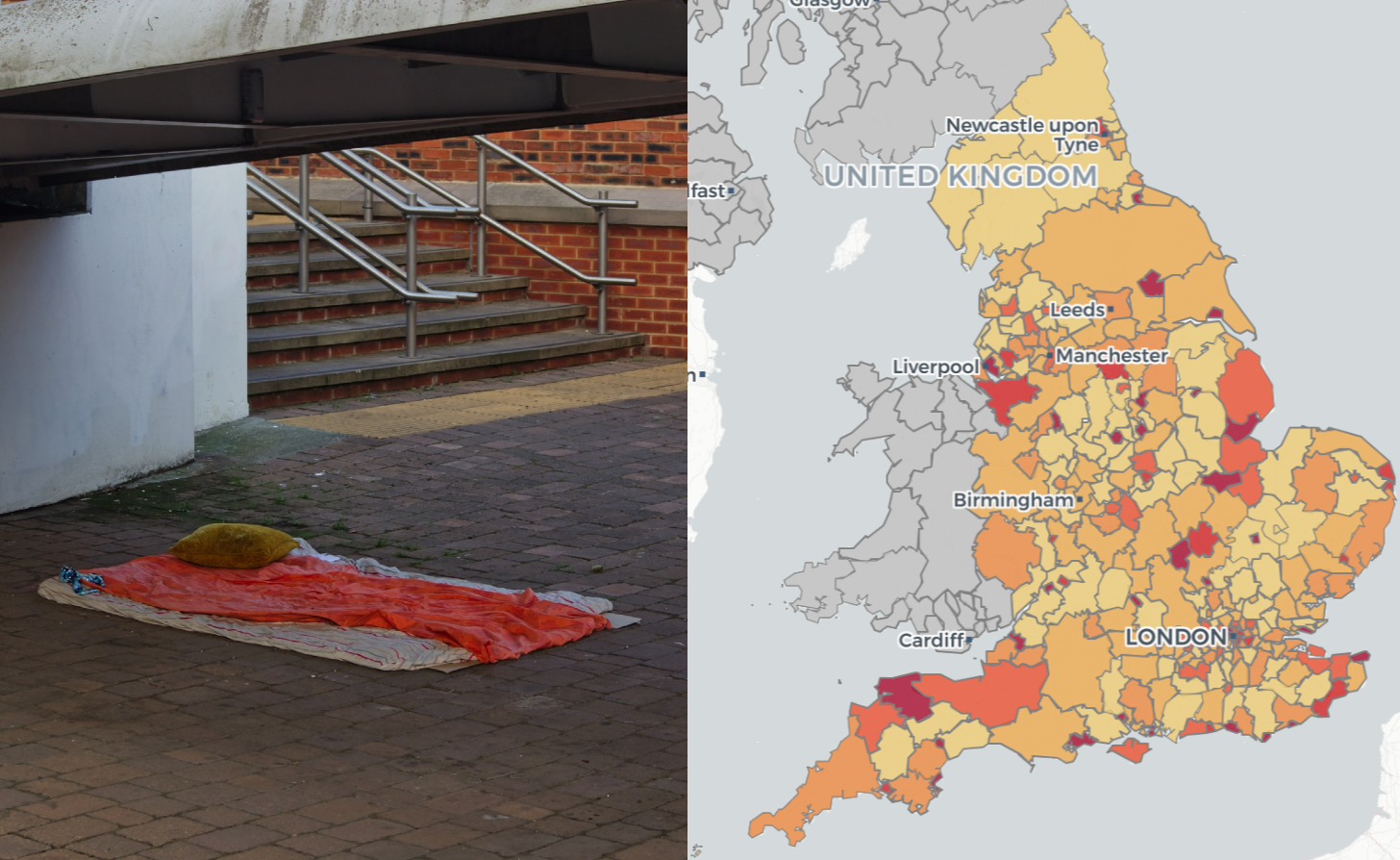The government has published its response to initial plans by councils in two-tier structures to reorganise themselves into single tier unitary authorities.
The feedback is generic rather than on individual area proposals, and is intended to help steer councils towards finalising their reorganisation plans.
It includes stating that the 500K population limit was a guide not a strict requirement, potentially paving the way for unitaries to cover larger populations like the proposal for a single unitary covering the whole of Hertfordshire.
The Department for Housing Communities and Local Government (DHCLG) has also confirmed the funding support arrangements for councils undergoing reorganisation with the allocation of more than £7 million, as well as promising ‘unprecedented support’ for councils in debt to enable them to undertake the process.
The local government reorganisation process was initiated by the English Devolution White Paper, which set out major changes to the structure of local government in England. The reorganisation aims to transition two-tier areas into unitary authorities, significantly reducing duplication, enhancing efficiency, and fostering more sustainable governance structures.
The initial proposals outlined contain diverse visions for restructuring local government. While some councils advocated for larger unitary authorities to consolidate resources, others sought to maintain strong local representation through smaller governance structures:
- East Sussex County Council and district councils in the area found consensus, proposing one single unitary authority based on current county boundaries.
- Hertfordshire County Council’s proposal diverges from district councils’ proposals, as the first sees best a single unitary authority within current county boundaries, whilst the second proposed devolution options of up to 4 separate authorities.
- Hampshire, Isle of Wight, Portsmouth, Southampton and district councils in the area did not submit a proposal, with no consensus reached between the local authorities.
Key developments and government feedback on interim plans
The government’s feedback on the interim plans, released in early June 2025, provides guidance for councils as they refine their final proposals. As part of the feedback process, the DHCLG published the below overall feedback.
Population size targets: While the initial framework suggested unitary authorities should aim for populations of around 500,000, the government has clarified this is a guiding principle, not a strict requirement. Councils are encouraged to justify their proposed structures based on local needs, service efficiency, and consideration for housing growth and future devolution deals.
Funding support: To assist councils in developing their final submissions, the government has allocated £7.6 million across all areas undergoing reorganisation. Each area receives a flat rate of £135,000, plus an additional amount based on population size. This marks the first time specific capacity funding has been provided for reorganisation proposals, underscoring the government’s commitment.
Local identity and service delivery: Councils raised concerns over maintaining local identity and ensuring service continuity. In response, the government has emphasised that proposals must clearly demonstrate how new structures will improve public services without unnecessary fragmentation.
Public engagement and consultation: Councils have been strongly urged to actively involve residents, businesses, and stakeholders in shaping their final proposals. This includes demonstrating how local views have informed the plans, especially where services may be disaggregated.
Balancing efficiency with representation: While streamlining governance is the overarching goal, councils are encouraged to ensure new structures do not compromise local representation.
Devolution Priority Programme (DPP): Six areas – Cumbria, Cheshire & Warrington, Norfolk & Suffolk, Greater Essex, Sussex & Brighton, and Hampshire & Solent – have been selected for an accelerated “Devolution Priority Programme.” For these areas, reorganisation proposals are due by September 26, 2025), aiming for shadow elections in May 2026 and vesting day in April 2027.
Additional consultation on reorganisation in Surrey: As Surrey councils are working to an accelerated timeline, the government has launched an additional consultation, asking residents for their thoughts on reorganisation plans in the area. The two plans being consulted on are a two unitary authorities option proposed by the county council and two district councils, as well as a three unitary authorities option proposed by nine districts and boroughs.
Financial debt and sustainability: Councils with significant unsupported debt will receive ‘unprecedented support’ from the government to ensure reorganisation costs are met. Additionally, councils are required to demonstrate how their proposals will contribute towards better financial outcomes.
What’s next for local government reorganisation?
As councils prepare their final proposals for submission by November, or September for DPP areas, the focus remains on delivering effective, streamlined governance that meets the diverse needs of local communities.
Local authorities are expected to conduct further consultations in the upcoming months. Additionally, the government is set to launch a broad public consultation on proposals early next year, with final decisions on reorganisations to be made by Summer 2026. New unitary councils are expected to be in place by April 2028.
If you are interested in learning more about Local Government reorganisation and council profiles, download our brand new white paper ‘Flattening the Tiers’ below.
Insights from our white paper: Flattening the Tiers
Flattening the Tiers offers a comprehensive analysis and visualisation of initial reorganisation proposals by area, providing insights into varied approaches and identifying key trends in local government reform.





